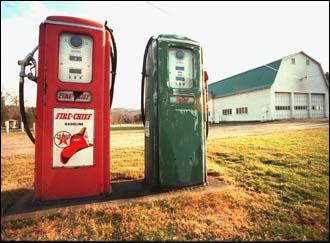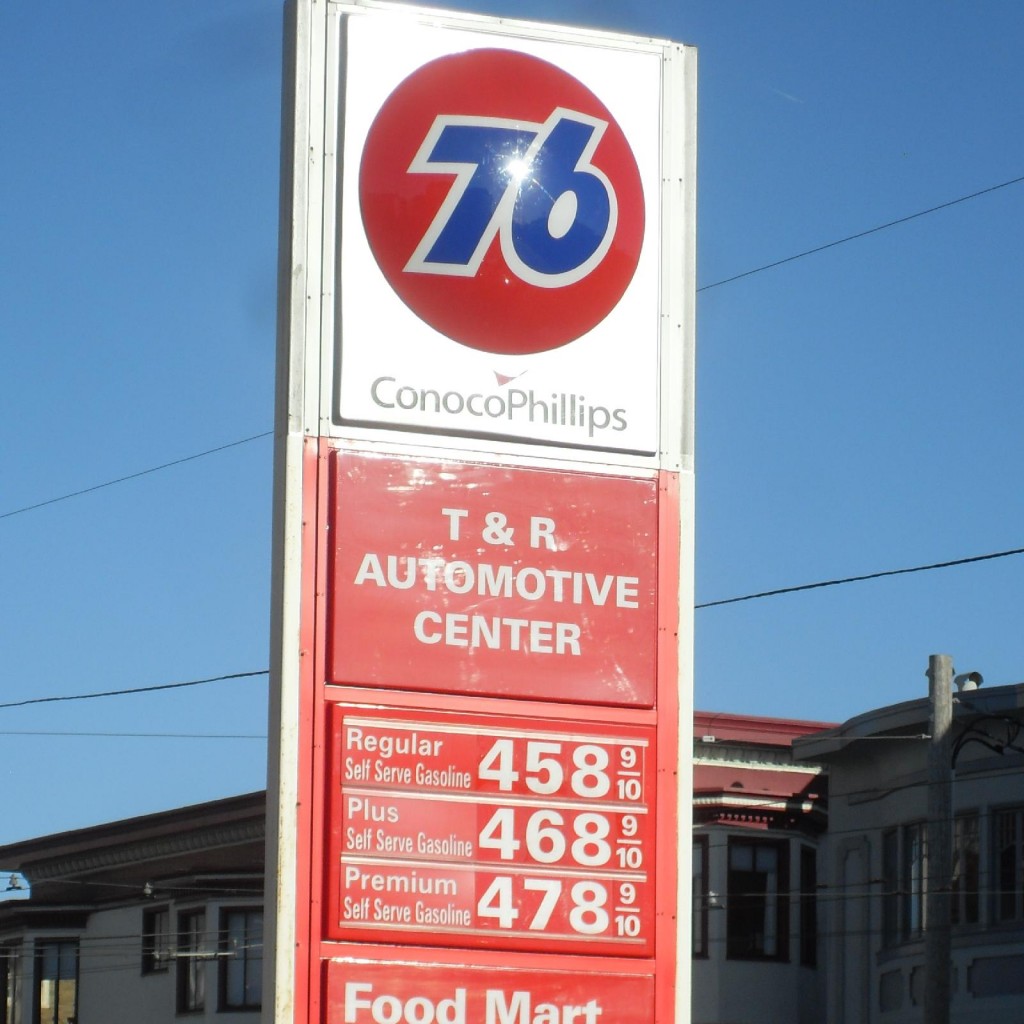California has by far the most aggressive climate-change policies in the nation, and the state is a global leader in plans to reduce carbon-dioxide emissions.
It's also the world's eighth-largest economy, with a growing population, soaring economic output, and a resolutely progressive legislature.
While its zero-emission vehicle policies may get the most attention, it's attacking CO2 emissions on many fronts.
DON'T MISS: CA reaffirms state emission, electric-car rules for 2025
Now Danny Cullenward, an energy economist at Stanford University, suggests that the combination of all those forces could collide to produce much higher gasoline prices.
A recent article in The Los Angeles Times laid out his basic arguments and looked at the state's many options for reducing CO2 over the next 15 years.
Many analysts disagree with Cullenward's concerns—and, as the old saw goes, predictions of the future are always wrong.

National Plug-In Day 2012: San Francisco, with 60 Nissan Leafs in front of the Golden Gate Bridge
But here's how his basic argument runs.
Among the many ideas California's lawmakers are assessing are a proposal that ultimately phases out all fossil fuels for generating electricity.
Others suggest a regional power grid that would allow excess renewable energy to be shared across state lines.
READ THIS: CA goal: eliminate gasoline, diesel light vehicles altogether
And at the top of the list are extensions and refinements to the state's cap-and-trade system that sells permits that allow legal emissions of carbon dioxide.
Businesses buy those permits, which can also be traded on the secondary market, but the legislation requires modifications to address legal challenges.
Even some oil companies, which have lobbied heavily against the system, have come on board and are working to get more favorable provisions for their industry.

Old Gas Pumps
Cullenward and his colleague, Stanford law professor Michael Wara, released a proposal now embodied in a bill before the legislature.
SB 775 raises the price of carbon-emission permits, which will increase each year to incentivize companies to reduce emission now rather than later.
But there's a cap on the price—and some of the funds taken in by the state would be redistributed to Californians, rather like a tax rebate.
CHECK OUT: CARB Head: All New Cars Should Be Zero-Emission In 2030 (Aug 2015)
Today, those funds are dedicated by law to paying for projects to reduce emissions, from affordable housing near mass transit to subsidies for purchase of zero-emission vehicles.
That's because Cullenward and Wara acknowledge that the rising prices of emission permits will add significantly to the price of gasoline within the state.

Gas prices, San Francisco, CA
California already levies high state taxes on each gallon and requires special blends at certain times of year; rising carbon-emission fees would be added on top of those costs.
Last year, Governor Jerry Brown signed into law aggressive goals for reducing the state's greenhouse-gas emissions by 2030.
To make that happen, millions of electric vehicles must go into service, even as gasoline gets increasingly more expensive for the remaining older vehicles on the roads.
Even cleaner natural-gas plants will have to be closed down and replaced by large-scale renewable generation and most likely battery energy storage as well.
Policy makers are debating whether the proposed carbon-permit-fund rebates would be essentially a transfer tax, but they reflect a simple reality: gas prices matter, politically.
Green Car Reports respectfully reminds its readers that the scientific validity of climate change is not a topic for debate in our comments. We ask that any comments by climate-change denialists be flagged for moderation. Thank you in advance for helping us keep our comments on topic, civil, respectful, family-friendly, and fact-based.
_______________________________________













